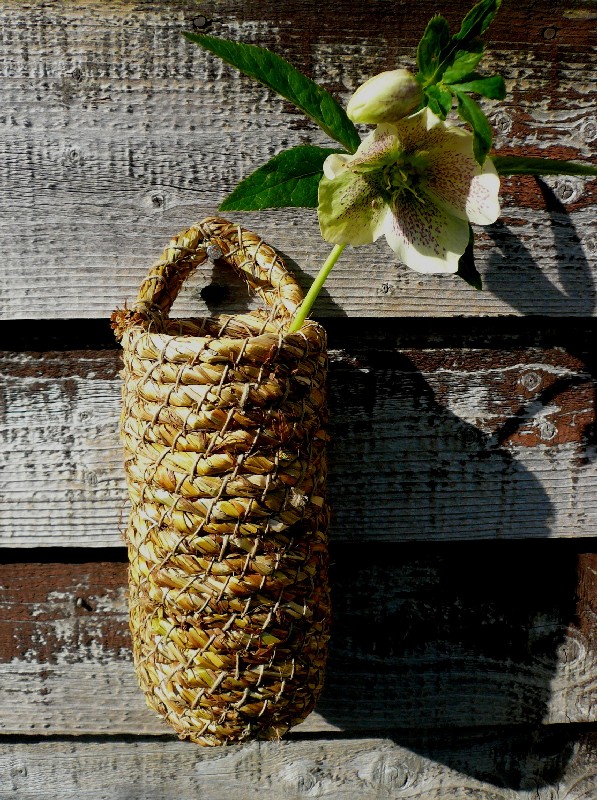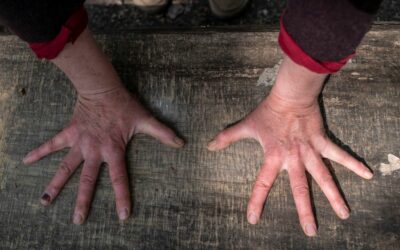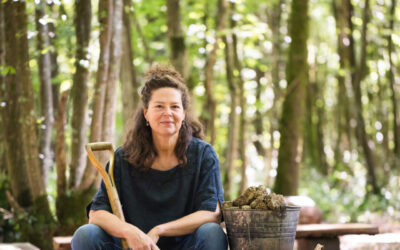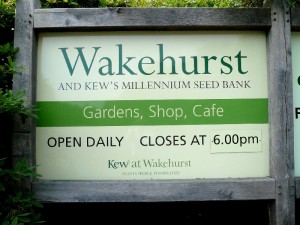 I’m visiting Wakehurst Place in East Sussex to have a look at their meadows with my position as artist in residence for this summer in mind, which will be part of their Meadows Festival.
I’m visiting Wakehurst Place in East Sussex to have a look at their meadows with my position as artist in residence for this summer in mind, which will be part of their Meadows Festival.
The plan is to explore the possibilities of weaving with the meadow plants and produce a piece of work to go in the larger of the two beautiful timber-framed buildings. This will be a new work, building on my previous experience of weaving with wild grasses.
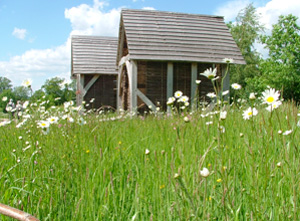
The timber framed buildings
I’ve always loved visiting Wakehurst, and their meadows are something special. Bloomers Valley is a particular favourite. I always savour the dramatic entrance through the ancient yew roots and damp sandstone outcrop into the bright, quiet meadow. I’m excited about the prospect of spending time in the various meadows there, getting to know the flora and fauna.
Meadows are close to my heart, as my paternal grandfather farmed a traditional mixed farm in South Oxfordshire. He would have been utterly familiar with the native, species-rich meadows of the Thames Valley, before farming was intensified and meadows lost (see further down for more detail about those changes in farming practices). And it was next to a fragrant hay meadow that I had my first teenage kiss with the boy that my Mum thought came from the wrong side of town.
I’m also here at Wakehurst delivering a bespoke coiled wild grass basket made for the Meadow Folk exhibition, for housing the plant of the week. It’s being put up in the timber-framed buildings, as part of that exhibition, opposite the Millennium Seed Bank.

Adder’s tongue fern
In the last few years the meadows at Wakehurst have been developed and are now a rich tapestry of species-rich meadow plants. In the damp Hanging Meadow in the Loder Valley reserve here, bordering the dramatic Ardingly reservoir, Stephen Robinson (the reserve’s warden) shows me the small and curious adder’s tongue fern.
Also flowering are orchids, ox eye daisies, and cuckoo flower (which I know as ladies’ smock).

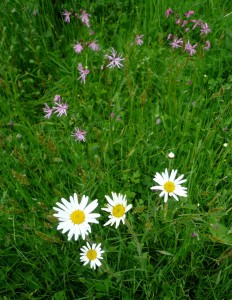
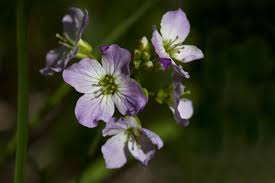
Iain Parkinson is the conservation and woodlands manager at Wakehurst Place. He has a fascinating insight and interesting background info about meadows and the meadows at Wakehurst.
Read some of what he’s written about this here.
